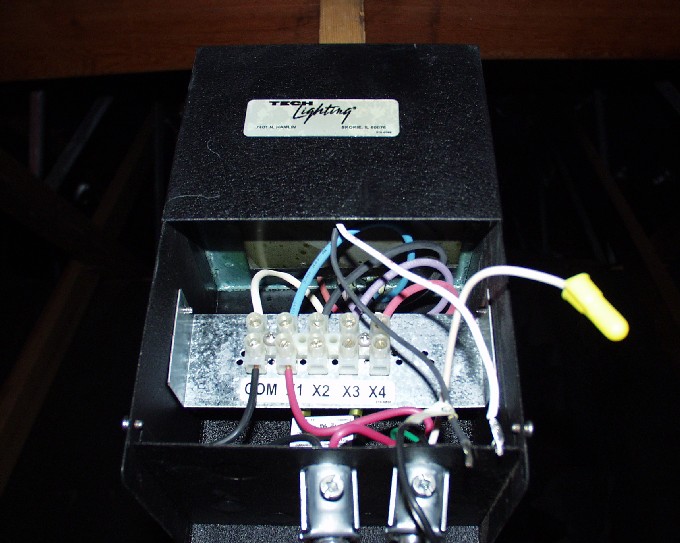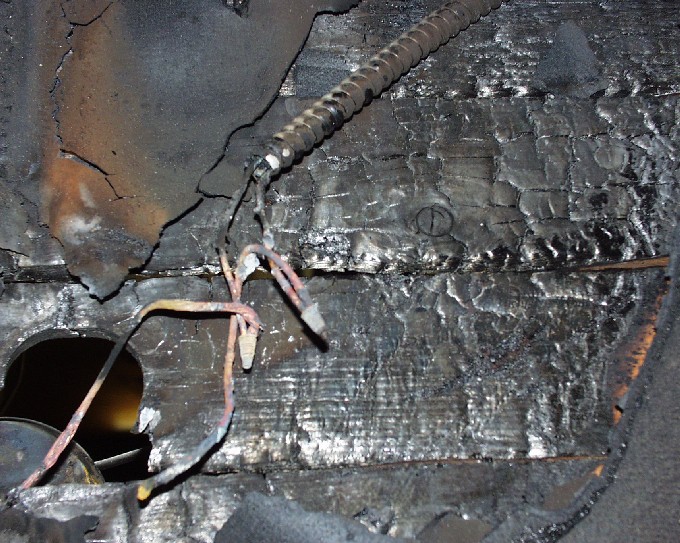Re: How safe is "low voltage"?
Originally posted by ryan_618:
----------------------------------------------
>snip<
How Safe Are ?Low Voltage? Systems?
As you would agree, the world of electricity is full of misconceptions and misunderstandings. Many of the things we were told to be true simply aren?t, and many of the concepts that many people have held dear are not true either. One of these misconceptions that I?m sure we have all been told is that low voltage systems are safe from an electrical shock or fire perspective. Nothing could be farther from the truth.
>snip<
Ryan Jackson
2nd Vice President Utah Chapter of IAEI
Here's another real-life senerio:
A few years ago, while running conduit homeruns, an apprentice asked why the lighting conduits are seperate from the power conduits. My answer touched on the topic of high-voltage 277v lighting being more efficient in an office building, and how we frown upon mixing conductors of different voltages, or from different electrical closets, etc...
Later on in the project, that apprentice asked why low(12)volt mr-16 hi hats and 120 volt track w 12v heads were used in some rooms? I answered how 12v lighting was supposed to be more energy efficient, safer, run cooler.
Sharp as a tack the apprentice wanted to know why higher-voltage lighting and lower voltage lighting was better and more efficient but not 120v, the most common voltage?
This lead us both on a quest for the truth. His path was to ask more people the same questions, but I did some bench testing and took amprobe readings.
It's obvious 277v lighting is more efficient as it cuts down on the voltage drop problems in hi-rise or sprawlingly large buildings. But the claims from low-voltage fixture manufactures turns out to be patently false. Not only would a consumer have to suffer the 25-50.00 added cost for each fixture to house an additional transformer to step line voltage down to 12v, but also have to pay to remove that added heat that is generated in the process.
A 12v 50w MR-16 generates no less heat than it's 120v PAR-16 counterpart.
I suspect the real reason LV lighting is being touted as "safe & efficient" is to draw attention away from the fact that the only component of these systems that has a UL listing is the step-down transformer. Many of the "artsy" track heads or wild-looking 12v distribution cables, trolleys, and bendable track are not listed at all.






